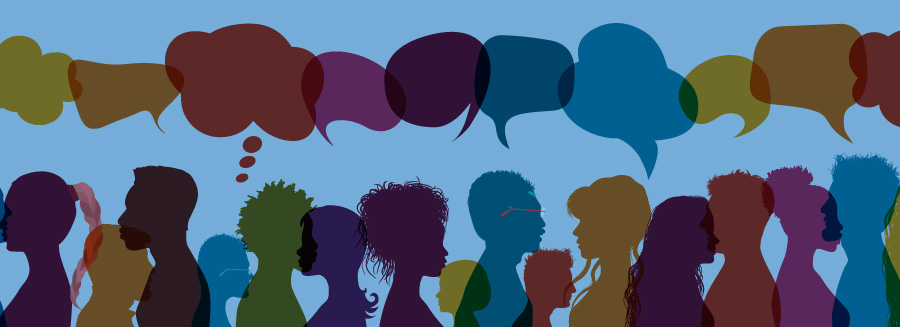While I have always had a passion for student engagement and relationship-building, when I first started classroom teaching, I took a more traditional pedagogical approach. As many new teachers do, I started my career using lessons and units passed down to me by my predecessors and teaching methods my own teachers had used. My main engagement strategy was mixing up my delivery. But different delivery styles are still just delivery. I was providing my students with all the information, rather than having them discover content on their own with my guidance.
However, over time I started to notice that whenever I did do something a little more “off-script,” there was a different energy with my students. If they had to play a more active role in their learning, they seemed to be more interested in the content and in pursuing answers to their own questions. And no matter what we were learning, students would rise to any challenge presented to them. One way I did this was to give my students opportunities to get out of the classroom to help our school community in a variety of ways. We also did things to help our local community, like make blankets for domestic violence women’s shelters.
These experiences were extremely successful. They were more fun for both the students and for me, and they also provided students with opportunities to share their gifts in ways that they weren’t always able to do in the classroom. And this positively impacted my relationship with my students. I didn’t realize it at the time, but what I was doing was giving opportunities to learn through experience and making.
Then, I transitioned to an informal education space, and I began teaching STEM by employing a completely hands-on, experiential, making approach. So, the three key strategies for maker education that I’m sharing today come from things I learned as I shifted from a more traditional style of teaching, to more of a student-led learning approach.
Process, Not Product
Focus instruction on the process rather than the product. So, instead of emphasizing the result and having that be the focal point of the lesson, have students share their learnings throughout the process and think about how you are supporting and honoring students along the way. In this TED talk, Diana Laufenberg discusses the power of learning from mistakes and demonstrates that the best learning comes through experience and reflection. These are the elements that should be highlighted through our instruction.
Through facilitating maker education, I learned that as the educator, I had to let go of the idea of being the holder of all the content knowledge and to shift into more of a guide and facilitator role. I discovered that learning becomes much more exciting and memorable when instead of providing students with the information, I come alongside students to support them and to help them discover the answers on their own.
And, one thing that I think we need to more explicitly teach to our students, is that learning is not a straightforward, linear process. In fact, it can be quite messy. The key is to start having these conversations and experiences with your students. This will better prepare them for growing into lifelong learners.
Collaborate
One of the most important parts of facilitating makerspace experiences, whether you are in the library or in the classroom, is collaboration. There can often be barriers to starting something new, especially in education as there is little extra time in the day to explore. Something that helped me was having a team of colleagues to talk to, to bounce ideas off, to hold me accountable, and to share what they were doing in their classrooms to keep their students curious. This gave me some unique ideas that I never would have thought of without the team. Sometimes there were flops, or some lessons that didn’t go the way we wanted, but the best part of having a team was that you were able to process those together to help you figure out what went wrong and how you can improve instruction for the next time.
Make Time for Sharing, Showcasing, and Reflection
Finally, in maker education it is essential to make time for sharing, showcasing, and reflecting as a group. Giving students the space and the ability to think through their learning and figure out a way to communicate that to others is how they make sense of what they have just done.
Pausing for reflection and sharing gives students an opportunity to look at their work through a different lens, which might even allow them to catch something they missed before. If you turn it into a group dialogue, it might even spark more innovation or creativity.
When you take time to stop and acknowledge student work, it also allows them to take a step back and see the progress they have made. This is important because it can raise student confidence which can lead to even more intrinsic motivation. It also demonstrates to our students very explicitly that their voice, and their thoughts matter. And that is a powerful message for students to receive.









